If we cut them all at once, there will still be young durian.
The problem of exported durians being cut young and having sour, hard flesh, which arose in September and October 2023, has recently recurred in the Japanese market.
Ms. LTK, Director of LLC Company, in Tokyo City, Japan, said that in early March, this company signed a contract to buy 6 tons of peeled frozen durian from a company in Lam Dong Province. When the goods were exported, this company had to liquidate and destroy nearly 2.5 tons. Japanese retail partners reported that the durian was bland, had a sour taste, and some boxes had black mold on them...
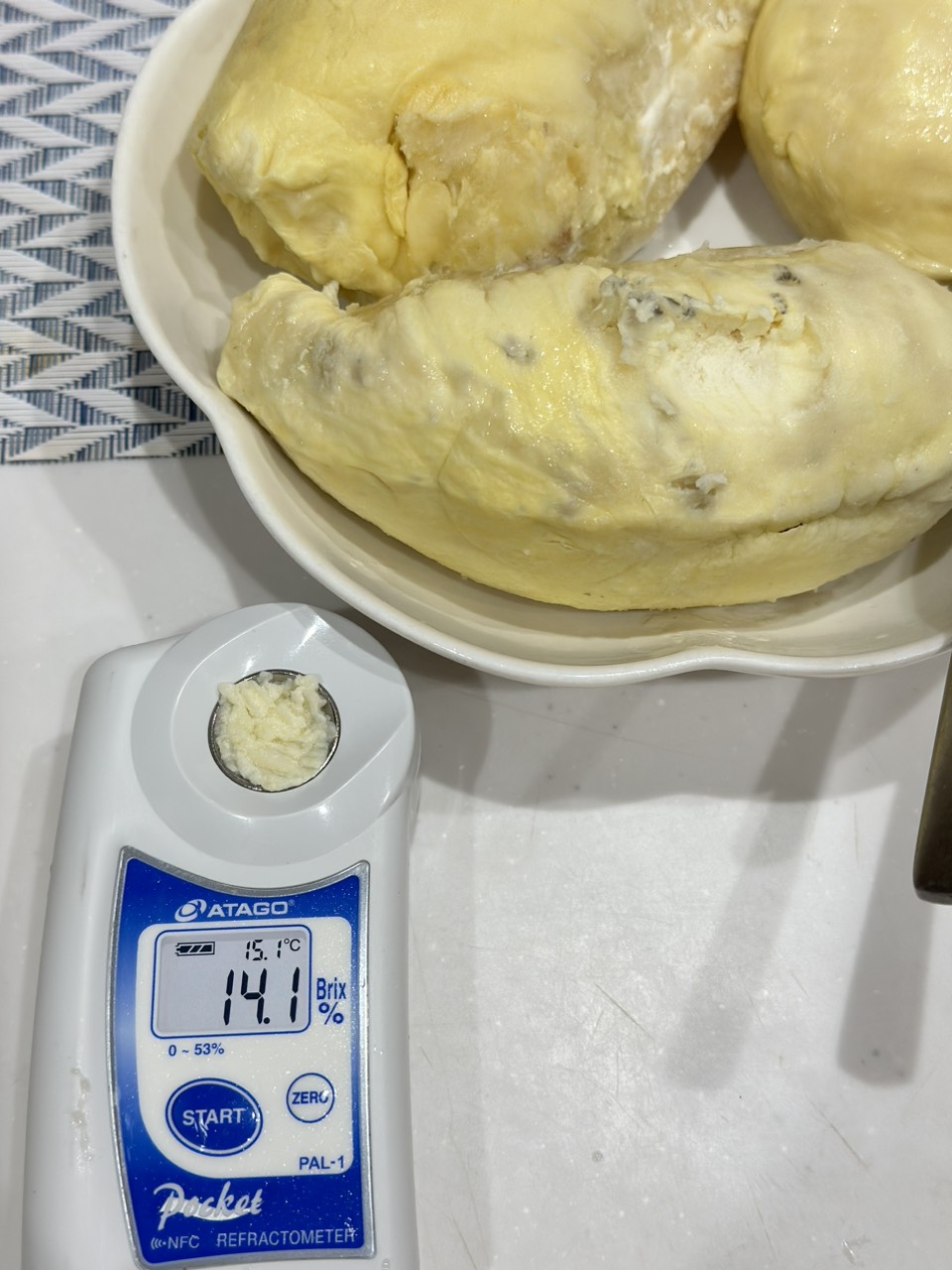
The batch of frozen durian exported to Japan was cut young, the sweetness index was only 14.1% brix, while the minimum requirement is 26% brix.
According to Ms. K., the company has signed a contract with a partner in Vietnam to buy fresh fruit of type B to peel frozen segments. Normally, with this product, the minimum sweetness index (brix) is 26%, but when checking the returned goods, it was discovered that the durian segments only reached 13 - 19% brix.
"This shipment caused us to lose more than 300 million VND, but the greater damage and loss was the business's reputation with Japanese retailers when the products were of poor quality and had to be recalled in full," said Ms. K.
The story of exporting young durian was also a hot topic at the workshop reporting the results of phase 1 (2020 - 2023), the Global Quality Standard Program (GQSP) to improve the capacity to comply with quality standards of exported fruits of Vietnam, organized by the United Nations Industrial Development Organization (UNIDO) and the Institute of Agricultural Engineering and Post-Harvest Technology (VIAEP), under the Ministry of Agriculture and Rural Development, held in mid-April.
One of the findings pointed out by the VIAEP research team is that the durian market has the participation of an army of durian "brokers", which are traders and purchasing agents. When the price of durian goes up, they ask gardeners to harvest and cut the garden in 1 or 2 cuts, with a high risk of including unripe fruit.
For large enterprises, the process of controlling and determining the ripeness of durians depends on a team of "typers", who are experienced in selecting durians. When the main season comes, the harvest is too large, the "typers" are overloaded, and it is easy for unripe durians to be missed.
Mr. Nguyen Manh Hieu, Head of the Department of Agricultural and Food Preservation Technology, Institute of Agricultural Electromechanics and Post-Harvest Technology (VIAEP), said that ripeness determines the quality of durian, but the biggest problem of this billion-dollar fruit industry is the lack of standards for ripeness as well as methods to determine the ripeness of durian to decide the time of harvest. If harvesting is done in a "1, 2 knife" style as it is now, there will be a mix of old and young fruits.
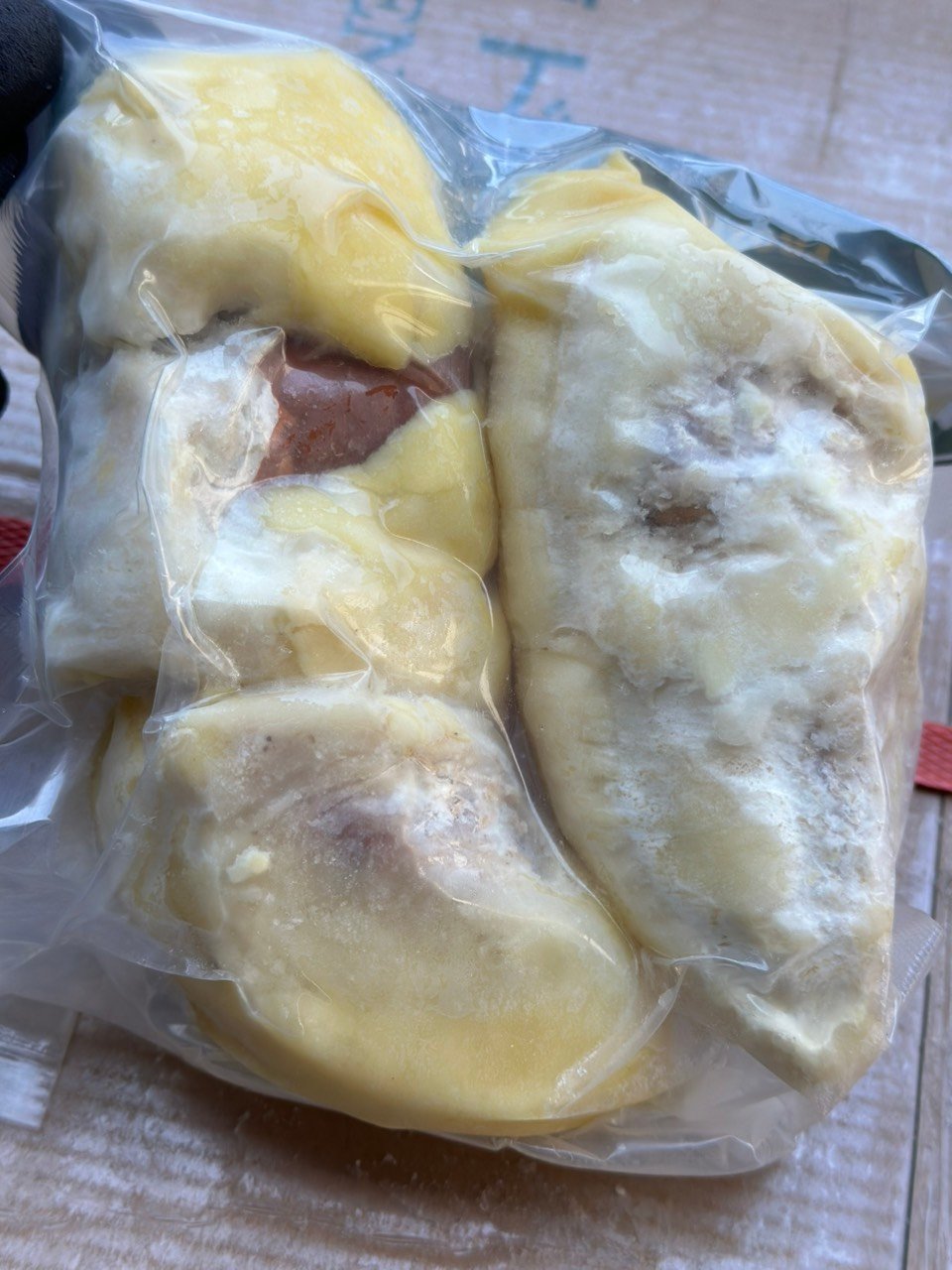
The durian was cut young, so the segments were hard and sour, causing LLC Company (Japan) to lose more than 300 million VND and lose reputation with customers.
"When there is no standard to determine the ripeness of durian to judge the quality, it is very difficult to determine whether the garden owner intentionally cuts and sells unripe fruit or not. Thus, there is no basis for punishment or responsibility. Meanwhile, Thailand has its own set of rules and regulations to control and handle this behavior," said Mr. Hieu.
Vietnamese durian just needs to learn one standard from Thailand!
Sharing the perspective of a business with many years of experience exporting durian, Mr. Nguyen Dinh Tung, General Director of Vina T&T Company, said that the market demand for this fruit is very large. The problem is how to have a standard process for state management agencies to control quality. The recently discovered shipments of unripe, rotten durian exports, although accounting for a small proportion, have a negative impact, adversely affecting the image and quality of Vietnamese durian.
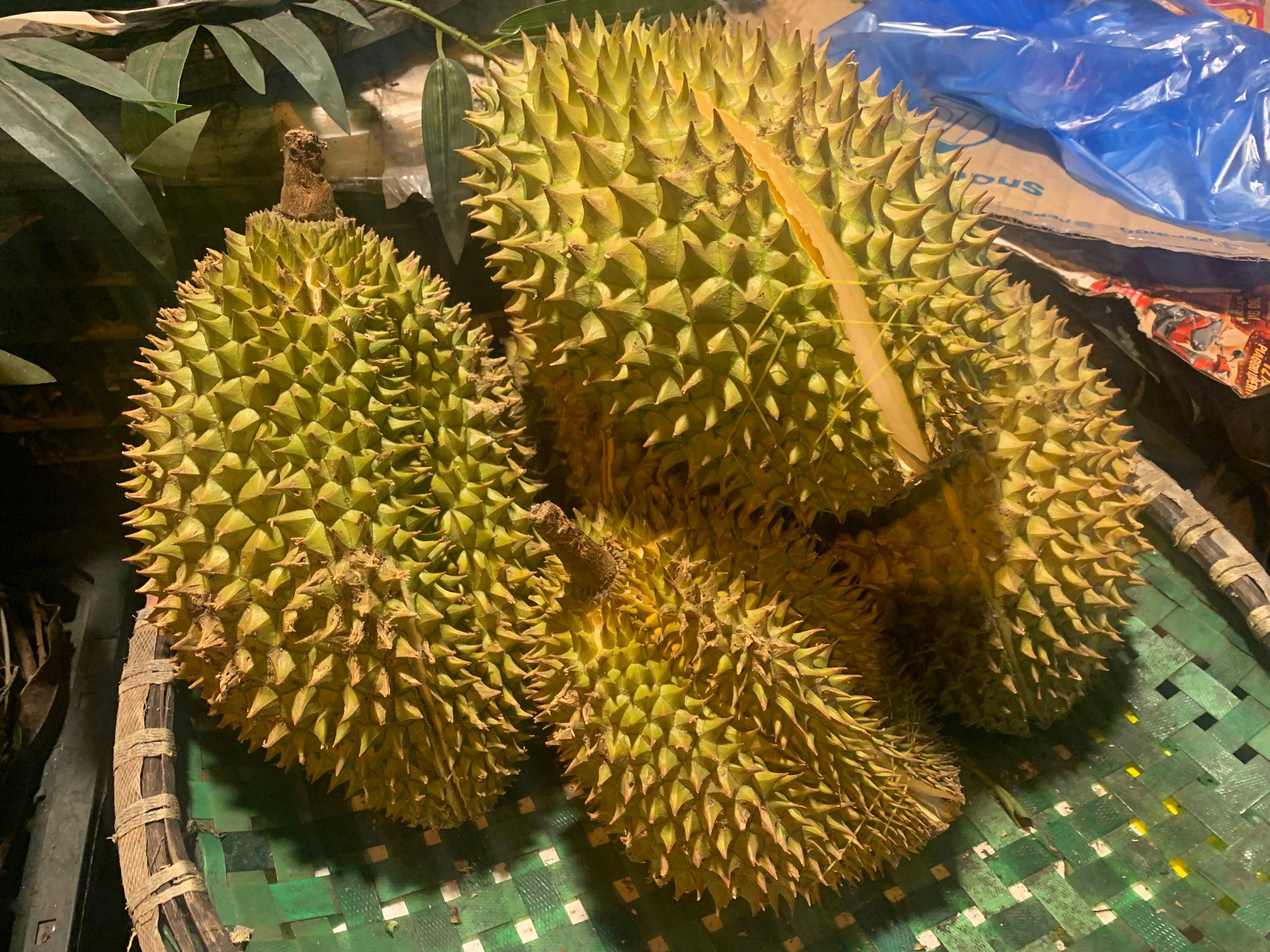
Durian needs to have standards of ripeness to act as a "referee" of quality, and have a basis to clearly identify young durian.
According to Mr. Tung, if exporting fresh fruit, depending on the requirements and transportation routes, businesses and gardeners must agree on the harvest time and calculate how to ensure that the fruit is ripe when it reaches consumers. As for frozen goods, the first standard is that they must reach the right ripeness before being brought in to peel the segments.
"Thailand has been doing well in controlling the quality of durian for many years. They have specialized equipment to measure the quality of durian like we are testing alcohol concentration. If Thai police use this equipment to check the quality of durian that does not meet the standards, they will be severely punished," said Mr. Tung.
For fresh durian, Vietnam has issued national standard TCVN 10739:2015. After many young durian crops exported to China and Japan, in October 2023, the Department of Crop Production issued Decision No. 362/QD-TT guiding the temporary technical process of pruning flowers, fruits and harvesting durian. However, businesses and experts said that these regulations cannot solve the problem of young durian.
Mr. Vu Duc Con, Chairman of the Dak Lak Durian Association, said that if we look at Thailand, the Vietnamese durian industry only needs to learn from them on one standard. For exported durian, Thailand requires a minimum dryness level and this is the standard for the authorities to base on to conduct quality inspection.
Previously, Thailand required exported durian to have a dryness of 28-29%, but when Vietnam increased exports and became a direct competitor to the Chinese market, they immediately raised the minimum dryness to 32%. The management agency must check to ensure this dryness is achieved before allowing businesses to export.
"I think we just need to learn from them how to control this one standard. Because when the durian reaches the minimum dryness, the fruit must reach the right ripeness and sweetness. Traders and garden owners will not dare to cut and sell unripe fruit," said Mr. Con.
Mr. Nguyen Manh Hieu said that TCVN 10739:2015 only regulates the general size and classification of fruits in general, not dividing them into specific varieties. Meanwhile, durian includes many different varieties, with different ripening times.
"In the period from now to 2026, VIAEP and UNIDO will continue to coordinate to review regulations, develop standard operating procedures in cultivation, harvesting, preliminary processing and preservation, and frozen processing of durian for export, with the goal of improving the competitiveness and sustainability of exports of this billion-dollar fruit industry of Vietnam," said Mr. Hieu.
Source link


![[Photo] Nhan Dan Newspaper launches “Fatherland in the Heart: The Concert Film”](https://vphoto.vietnam.vn/thumb/1200x675/vietnam/resource/IMAGE/2025/10/16/1760622132545_thiet-ke-chua-co-ten-36-png.webp)




![[Photo] General Secretary To Lam attends the 18th Hanoi Party Congress, term 2025-2030](https://vphoto.vietnam.vn/thumb/1200x675/vietnam/resource/IMAGE/2025/10/16/1760581023342_cover-0367-jpg.webp)











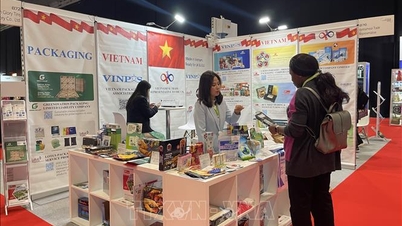
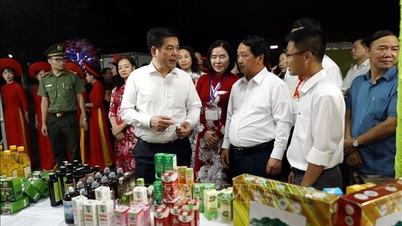
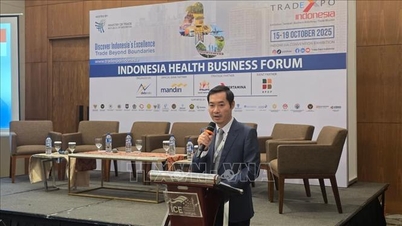
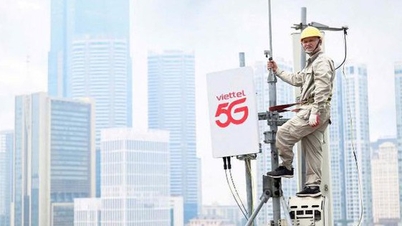









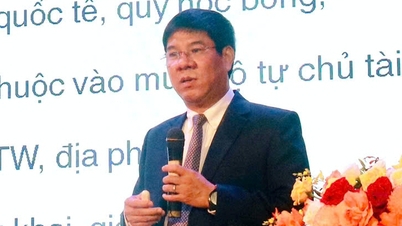




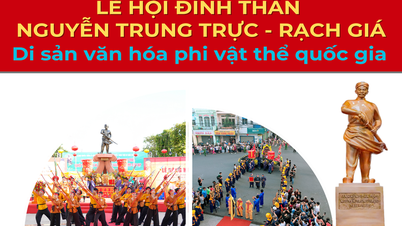




![[Video] TripAdvisor honors many famous attractions of Ninh Binh](https://vphoto.vietnam.vn/thumb/402x226/vietnam/resource/IMAGE/2025/10/16/1760574721908_vinh-danh-ninh-binh-7368-jpg.webp)






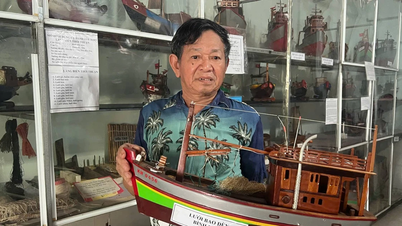




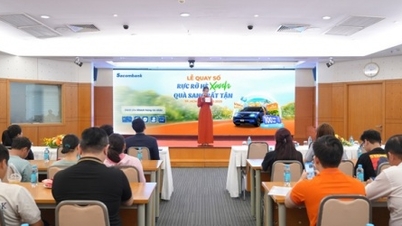














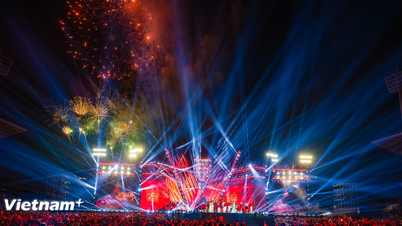


![[Photo] Nhan Dan Newspaper launches “Fatherland in the Heart: The Concert Film”](https://vphoto.vietnam.vn/thumb/402x226/vietnam/resource/IMAGE/2025/10/16/1760622132545_thiet-ke-chua-co-ten-36-png.webp)








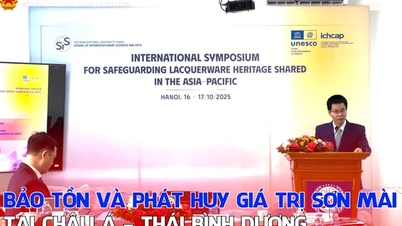





























Comment (0)